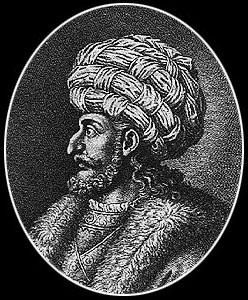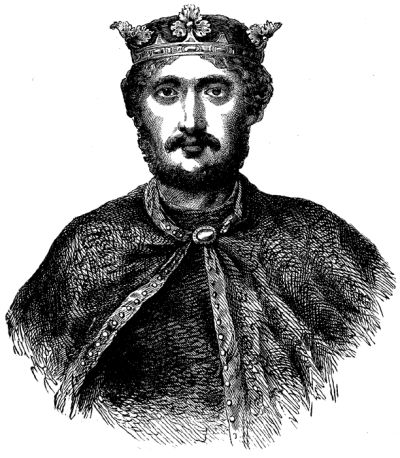The Fourth Crusade
The Fourth Crusade is undoubtedly the most ignominious of all Crusades – this one never even made it to the Holy Lands.
In August 1198, Pope Innocent III ordered a new Crusade. The Pope fancied the Church the true leader of the Crusades, and that should have been true if he weren’t widely ignored. France and England was busy with the 100 year war, and while the Pope had set March 1199 as the date of the Crusade, it wasn’t until November 1199 that something resembling an army got together. These Crusaders gathered at Venice, and being (once again) the splintered and squabbling force they always were, the Pope quickly lost control of what the Crusaders were supposed to be doing. The Venetians now saw a chance to manipulate the Crusaders for their own economic and political gains.
In 1200, Venice was the richest city in Europe, due to its trading links with the Islamic Empire and throughout the Mediterranean. It was also on poor terms with the Byzantine Empire. When the Crusaders arrived, the Doge (ruler) of Venice negotiated with the French and decided the Crusaders will be sent to the Holy Land on Venetian ships, thus eliminating the long and excruciating overland march. Unfortunately, the Crusaders lacked the money for the service – the Pope had to impose a highly unpopular income tax to raise the money in the first place, and now it wasn’t even enough to get the Crusaders to Palestine.
The Venetians decided the Crusaders can sack the Christian city of Zara for payment – the city had been lost for 15 years to the Byzantine Empire. The Crusaders had no choice but to comply – they had already run up enormous bills during their stay in Venice. At the same time, an exiled prince, Alexius IV, arrived in Venice from the Byzantine Empire, seeking help in overthrowing the current Byzantine Emperor on the throne. He promised the Crusaders money to pay for the ships – and promised the Venetians trading and political benefits should he be placed on the Byzantine throne.
And so, that was how the Crusaders became consumed by greed. They first sacked Zara, which caused Pope Innocent III to excommunicate all of them. That was unfortunate for the Crusaders, but it also gave them even more reason to attack Constantinople, since as religious status went, things couldn’t get any worse. In 1203, the Crusaders jointly attacked Constantinople with the Venetians, sacking the city and restoring Alexius IV to the Byzantine throne. However, Alexius IV had difficulty in paying off the Venetians AND the Crusaders, and the poor behaviour of the Crusaders in Constantinople (looting, raping and a burning of a mosque which also torched half the city) irritated the locals. Soon, the locals rebelled, which gave the Crusaders reason to attack the city and make off with everything of value. It was the worst looting Constantinople had ever experienced. Constantinople was the richest Christian city in the world as it was once the stronghold of the Eastern Roman Empire, and now it had been crippled by the Crusaders so badly it would never recover. It later fell to the Ottoman Empire which turned it into one of the greatest Muslim cities.
Legacy of the Fourth Crusade
After the sacking of Constantinople, the Crusaders returned home with their booty, persuading even the Pope to revoke their excommunicated status. Not a single thought of the Holy Land passed through the minds of these Crusaders.
The Fourth Crusade showcased a turning point in the history of Christian Europe. With the riches previously looted from the Islamic Empire and now the Byzantine Empire, the Crusaders were clearly now more interested in booty than they were in Holy Wars. One could defend the Fourth Crusade on the grounds that it was a victory for the Latin Papacy – if you believe the Crusades were Christianity’s gallant defense against the spread of Islam in the first place. This may have been true of the First Crusade, but not any of the subsequent ones. The pure travesty of the Fourth Crusade proved what the Crusades essentially were – a sham wrapped in layers of religious pretensions. The Crusaders (and Venetians) who attacked Constantinople knew exactly what they were doing – they were doing it for money and greed. This will become the main motivating factor for all later Crusades.
To Be Continued…




